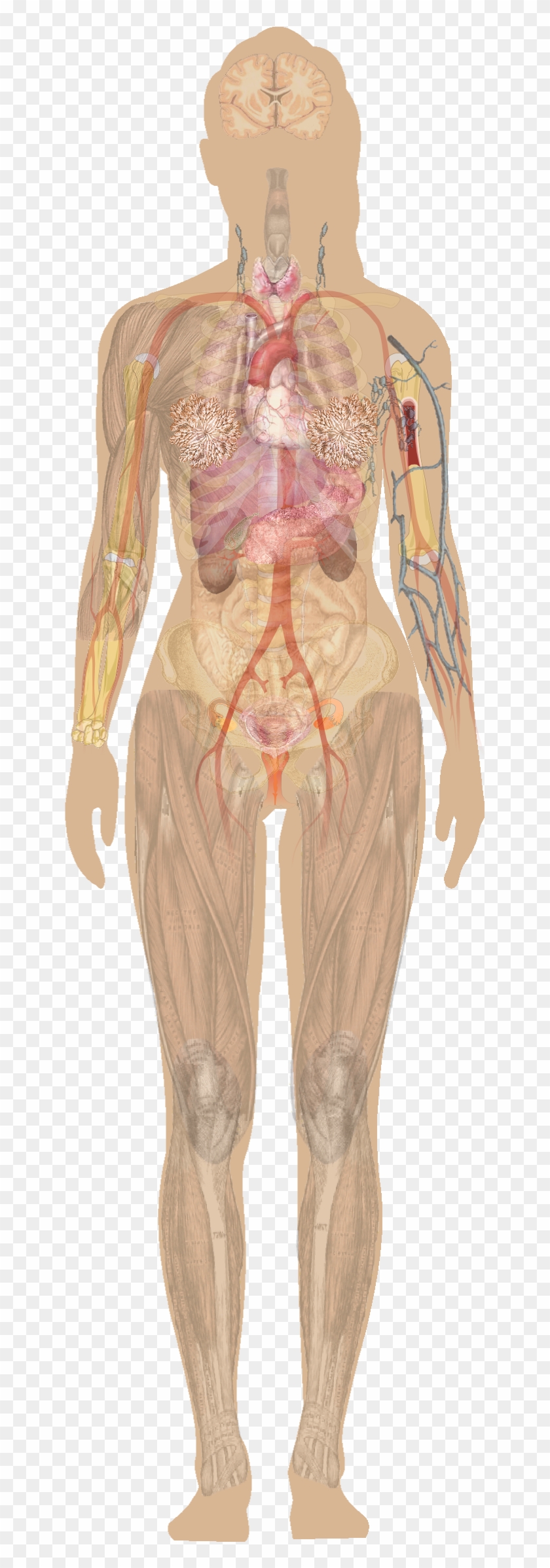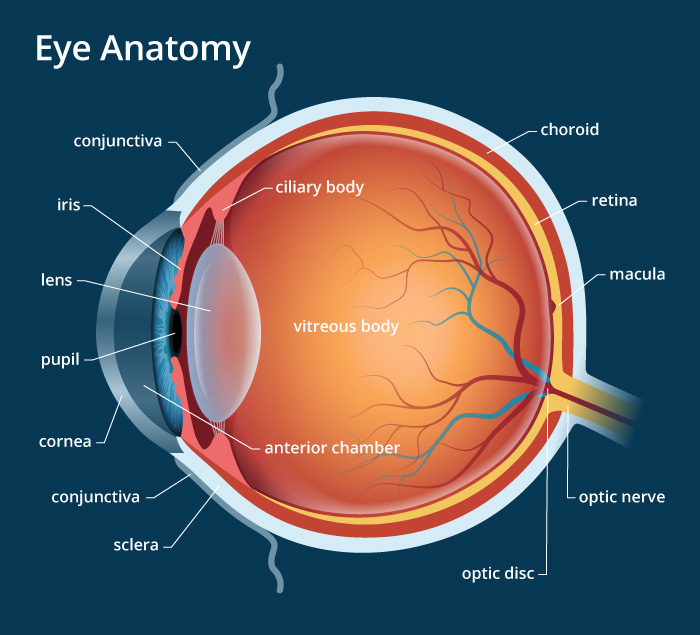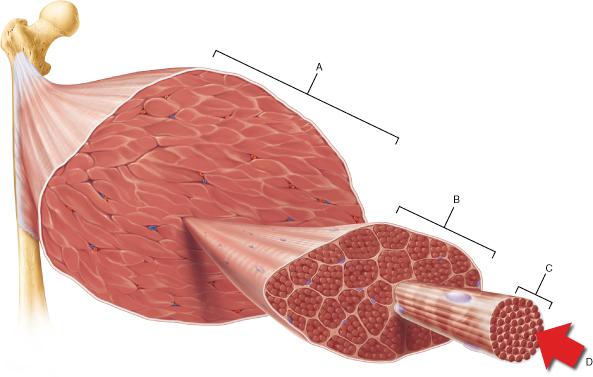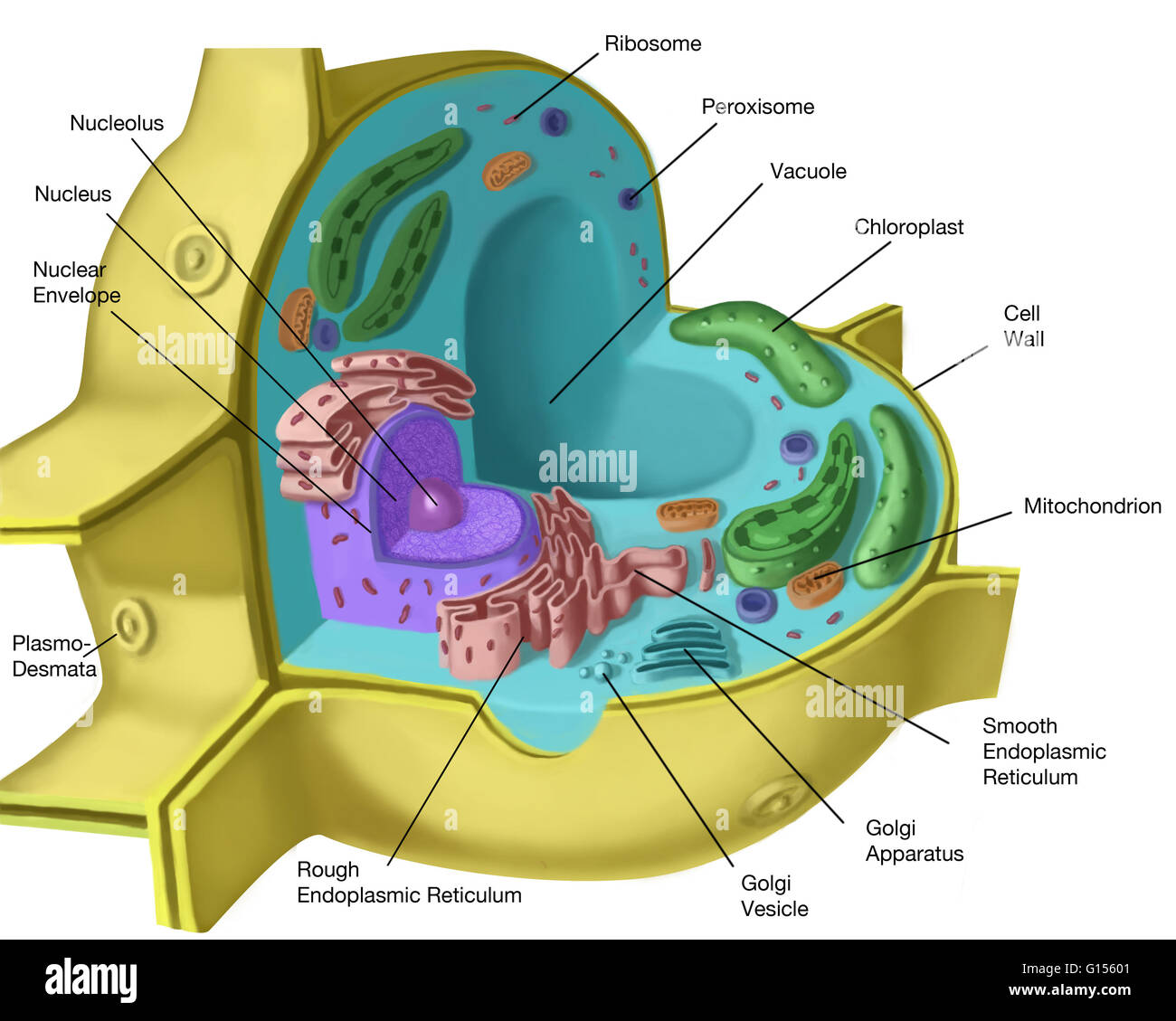42 cell structure with labels
Cell Organelles - Types, Structure and their Functions The cellular components are called cell organelles. These cell organelles include both membrane and non-membrane bound organelles, present within the cells and are distinct in their structures and functions. They coordinate and function efficiently for the normal functioning of the cell. Bacteria in Microbiology - shapes, structure and diagram Bacterial spores. Bacterial endospores layers. Bacteria cells are the smallest living cells that are known; even though viruses are smaller than bacteria, viruses are not living cells. There are different types of bacteria with various sizes, shapes, and structures. The bacteria shapes, structure, and labeled diagrams are discussed below.
Cell Organelles and Function with Labels Flashcards | Quizlet a cell structure that transports proteins and other materials from one part of the cell to another. Golgi body. receives proteins; sorts, modifies, packages, and distributes them to other parts of the cell or exit the cell. ... 07 Cell Labeling. 11 terms. muskopf1. Cell hot topics- Prokaryotic cell. 11 terms. daishajh13. Cell hot topics ...

Cell structure with labels
Plant and Animal Cell: Labeled Diagram, Structure, Function - Embibe Q.2. What are the parts of the Plant cell? Ans: Cell wall, cell membrane, nucleus, mitochondria, plastids, vacuole, Golgi apparatus, ribosomes, lysosomes, are the parts of the plant cell. Q.3. Why is Chloroplast called "Kitchens of the cell"? Ans: Chlorophyll traps the solar energy which is used for manufacturing food (photosynthesis). Chloroplasts, thus, are the sites of photosynthesis, and are, therefore, called 'kitchens of the cell. 03 Label the Cell Diagram | Quizlet 03 Label the Cell STUDY Learn Flashcards Write Spell Test PLAY Match Gravity Created by muskopf1TEACHER Terms in this set (14) Nucleus Control center of the cell Nucleolus Ribosome synthesis Rough Endoplasmic Reticulum Protein transport Smooth Endoplasmic Reticulum Lipid synthesis Mitochondrion Cellular Respiratoin Golgi Apparatus Human Cell Diagram, Parts, Pictures, Structure and Functions One of the few cells in the human body that lacks almost all organelles are the red blood cells. The main organelles are as follows : cell membrane endoplasmic reticulum Golgi apparatus lysosomes mitochondria nucleus perioxisomes microfilaments and microtubules Diagram of the human cell illustrating the different parts of the cell. Cell Membrane
Cell structure with labels. Structure of Cell: Definition, Types, Diagram, Functions - Embibe Ans: A cell consists of many different structures that have definite shapes, structures, and functions of their own. Some of these structures are (1) Cell Wall (2) Mitochondria (3) Chloroplast (4) Cell Membrane and (5) Nucleus . Q3. What is the structure of a human cell? Ans: A cell structure is composed of many components which are present inside the cell. The basic structure of a cell consists of three essential parts that are cell membrane (plasma membrane), cytoplasm, and nucleus. Labeling Cell Structures (BrainPOP) - Seesaw Inside the cell membrane, there's a mixture of chemicals and water that's called cytoplasm. Cytoplasm flows around the cell, carrying structures called organelles. The organelles have different jobs. Lysosomes break down food, cell waste, and worn out cell parts. Vacuoles and vesicles (storage organelles)" File:Plant cell structure svg labels.svg - Wikipedia File:Plant cell structure svg labels.svg. Size of this PNG preview of this SVG file: 649 × 475 pixels. Other resolutions: 320 × 234 pixels | 640 × 468 pixels | 1,024 × 749 pixels | 1,280 × 937 pixels | 2,560 × 1,874 pixels. Original file (SVG file, nominally 649 × 475 pixels, file size: 113 KB) This is a file from the Wikimedia Commons. Animal Cell Diagram with Label and Explanation: Cell Structure, Functions Animal cell is a typical Eukaryotic cell enclosed by a plasma membrane containing nucleus and organelles which lack cell walls, unlike all other Eukaryotic cells. The typical cell ranges in size between 1-100 micrometers. The lack of cell walls enabled the animal cells to develop a greater diversity of cell types.
Cell Labeling Quiz - PurposeGames.com This is an online quiz called Cell Labeling. There is a printable worksheet available for download here so you can take the quiz with pen and paper. Your Skills & Rank. Total Points. 0. Get started! Today's Rank--0. Today 's Points. One of us! Game Points. 10. You need to get 100% to score the 10 points available. Label Cell Parts | Plant & Animal Cell Activity | StoryboardThat Click "Start Assignment". Find diagrams of a plant and an animal cell in the Science tab. Using arrows and Textables, label each part of the cell and describe its function. Color the text boxes to group them into organelles found in only animal cells, organelles found in only plant cells, and organelles found in both cell types. Plant Cells: Labelled Diagram, Definitions, and Structure The cell wall is made of cellulose and lignin, which are strong and tough compounds. Plant Cells Labelled Plastids and Chloroplasts Plants make their own food through photosynthesis. Plant cells have plastids, which animal cells don't. Plastids are organelles used to make and store needed compounds. Chloroplasts are the most important of plastids. Cell Structure And Function | Science Trends The cell structure is defined by the cell membrane, the cytoplasm, and the nucleus.A cell is the smallest unit of life and its structure helps it to work as the basic building block of biology. The cell function is to keep all of the functions of the body performing as intended. This includes keeping toxins out of the body, help to break down waste, make nutrients and act as barriers within ...
Cell - Label | Cell Structure Quiz - Quizizz answer choices Cell wall Cell membrane Nuclear membrane Gatekeeper Question 3 30 seconds Q. Label #5 answer choices Nucleus Nucleolus Endoplasmic Reticulum Mitochondria Question 4 30 seconds Q. Label #6 answer choices Mitochondria Chromatins Golgi Bodies Ribosomes Question 5 30 seconds Q. Label #7 answer choices Lysosomes Golgi Bodies Nucleus Structure of Bacterial Cell (With Diagram) - Biology Discussion Cell wall: It is a tough and rigid structure of peptidoglycan with accessory specific materials (e.g. LPS, teichoic acid etc.) surrounding the bacterium like a shell and lies external to the cytoplasmic membrane. It is 10-25 nm in thickness. It gives shape to the cell. Nucleus: The single circular double-stranded chromosome is the bacterial genome. Learn the parts of a cell with diagrams and cell quizzes - Kenhub Two major regions can be found in a cell. The first is the cell nucleus, which houses DNA in the form of chromosomes. The second is the cytoplasm, a thick solution mainly comprised of water, salts, and proteins. The parts of a eukaryotic cell responsible for maintaining cell homeostasis, known as organelles, are located within the cytoplasm. Fluorescent Labeling - What You Should Know - PromoCell Improved fluorescent dyes are now enabling previously impossible studies of cellular structures and cellular processes. Fluorescent labels offer many advantages, as they are highly sensitive even at low concentrations, are stable over long periods of time, and do not interfere with the function of the target molecules.
Plant Cell - Definition, Structure, Function, Diagram & Types The primary function of the cell wall is to protect and provide structural support to the cell. The plant cell wall is also involved in protecting the cell against mechanical stress and providing form and structure to the cell. It also filters the molecules passing in and out of it. The formation of the cell wall is guided by microtubules.
Cell: Structure and Functions (With Diagram) - Biology Discussion Eukaryotic Cells: 1. Eukaryotes are sophisticated cells with a well defined nucleus and cell organelles. 2. The cells are comparatively larger in size (10-100 μm). 3. Unicellular to multicellular in nature and evolved ~1 billion years ago. 4. The cell membrane is semipermeable and flexible. 5. These cells reproduce both asexually and sexually.
Cell Structure | SEER Training A cell consists of three parts: the cell membrane, the nucleus, and, between the two, the cytoplasm. Within the cytoplasm lie intricate arrangements of fine fibers and hundreds or even thousands of miniscule but distinct structures called organelles. Cell membrane Every cell in the body is enclosed by a cell ( Plasma) membrane.
Eukaryotic Cell: Definition, Structure & Function (with Analogy ... Eukaryotic cells include animal cells - including human cells - plant cells, fungal cells and algae. Eukaryotic cells are characterized by a membrane-bound nucleus. That's distinct from prokaryotic cells, which have a nucleoid - a region that's dense with cellular DNA - but don't actually have a separate membrane-bound compartment like the nucleus.
Plant Cell- Definition, Structure, Parts, Functions, Labeled Diagram Structure of the nucleus of the plant cell. The nucleus is spherically shaped, centrally placed in the cell. It occupies about 10% of the cell volume content. It as a double-layered membrane known as the nuclear envelope which separates the contents in the nucleus from those in the cell cytoplasm.
Cell Organelles- Definition, Structure, Functions, Diagram In a plant cell, the cell wall is made up of cellulose, hemicellulose, and proteins while in a fungal cell, it is composed of chitin. A cell wall is multilayered with a middle lamina, a primary cell wall, and a secondary cell wall. The middle lamina contains polysaccharides that provide adhesion and allow binding of the cells to one another.
Cell Labeling - an overview | ScienceDirect Topics Cell labeling and lineage tracing in zebrafish gastrula stage embryos have demonstrated that cells destined to form the pronephros arise from the ventral mesoderm, in a region partially overlapping with cells fated to form blood (Fig. 3 A) (Kimmel et al., 1990).These cells emerge shortly after the completion of epiboly as a band of tissue, the intermediate mesoderm (IM), at the posterior ...
GCSE Biology Cell Structure Labelling Diagrams - TES pptx, 4.85 MB GCSE Biology cell structure labelling diagrams (fully editable) for KS3 and KS4. Features plant cells, animal cells, eukaryotic cells, prokaryotic cells and specialist cells. I made these sketches to give my students practice, feel free to use them in your own resources. Also includes euglena diagram. Creative Commons "Attribution"
Labelling cell structures and tracking cell lineage in zebrafish using ... Abstract. We present a method for the specific labelling of fusion proteins with synthetic fluorophores in Zebrafish. The method uses the SNAP-tag technology and O (6) -benzylguanine derivatives of various synthetic fluorophores. We demonstrate how the method can be used to label subcellular structures in Zebrafish such as the nucleus, cell ...
Plant Cell Structure and Parts Explained With a Labeled Diagram Cell Membrane Cell membrane, also called plasma membrane, is present inside the cell wall and surrounds the cytoplasm. It connects the intracellular components (organelles and cytoplasm) with the extracellular environment, and helps in protection and transportation. The cell membrane is permeable to specific substances only. Plasmodesmata
Cell Diagrams with Labelling Activity | Learnful The cell structure illustrations for these diagrams were generated in BioRender. Both diagrams feature a drag-and-drop labelling activity created with H5P here on Learnful. These h5p resources are made available openly with the CC BY license. Plant Cell Structure: Animal Cell Structure:

Download Female Shadow Anatomy Without Labels - Human Body Without Labels Clipart Png Download ...
Human Cell Diagram, Parts, Pictures, Structure and Functions One of the few cells in the human body that lacks almost all organelles are the red blood cells. The main organelles are as follows : cell membrane endoplasmic reticulum Golgi apparatus lysosomes mitochondria nucleus perioxisomes microfilaments and microtubules Diagram of the human cell illustrating the different parts of the cell. Cell Membrane
03 Label the Cell Diagram | Quizlet 03 Label the Cell STUDY Learn Flashcards Write Spell Test PLAY Match Gravity Created by muskopf1TEACHER Terms in this set (14) Nucleus Control center of the cell Nucleolus Ribosome synthesis Rough Endoplasmic Reticulum Protein transport Smooth Endoplasmic Reticulum Lipid synthesis Mitochondrion Cellular Respiratoin Golgi Apparatus
Plant and Animal Cell: Labeled Diagram, Structure, Function - Embibe Q.2. What are the parts of the Plant cell? Ans: Cell wall, cell membrane, nucleus, mitochondria, plastids, vacuole, Golgi apparatus, ribosomes, lysosomes, are the parts of the plant cell. Q.3. Why is Chloroplast called "Kitchens of the cell"? Ans: Chlorophyll traps the solar energy which is used for manufacturing food (photosynthesis). Chloroplasts, thus, are the sites of photosynthesis, and are, therefore, called 'kitchens of the cell.








Post a Comment for "42 cell structure with labels"